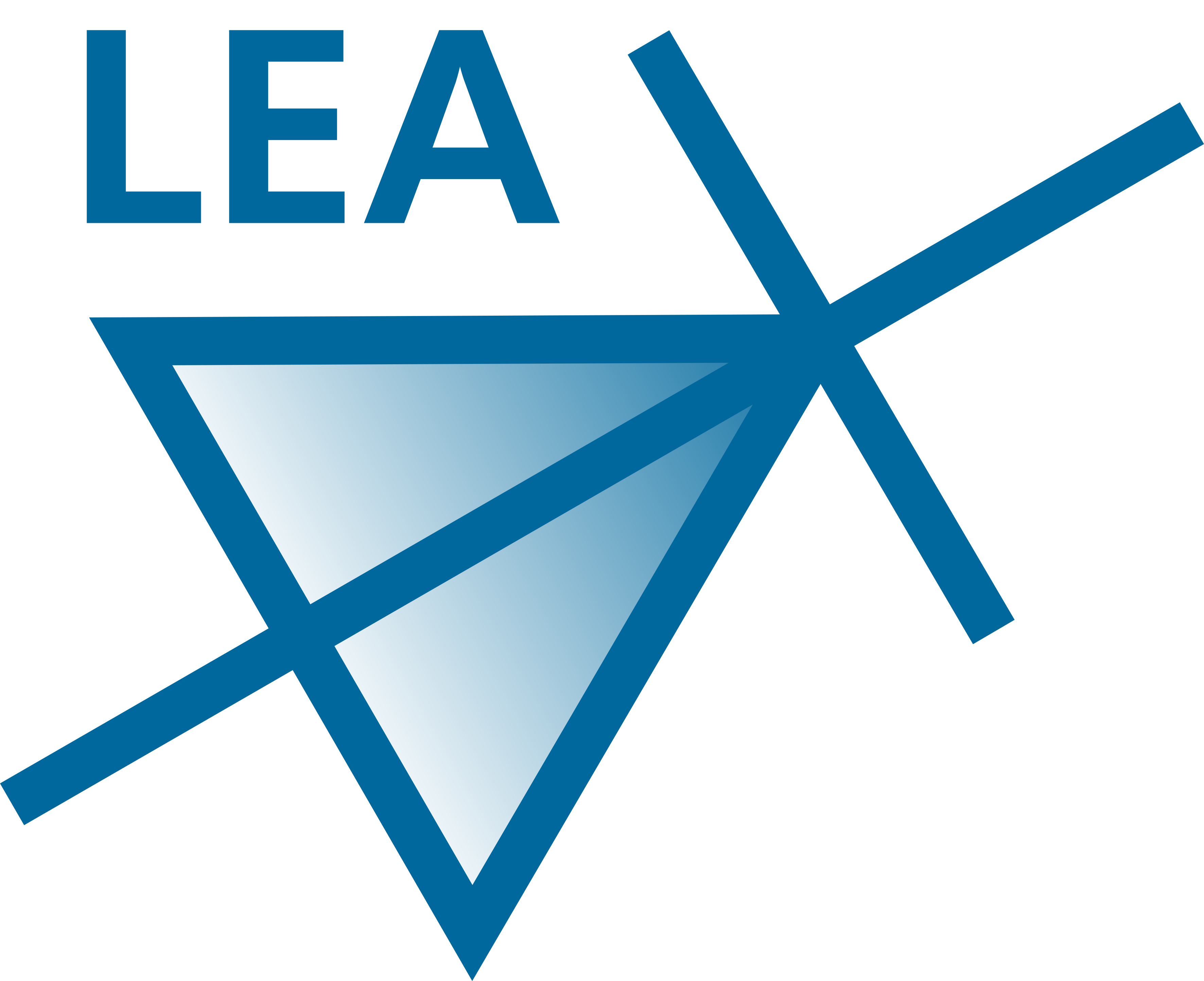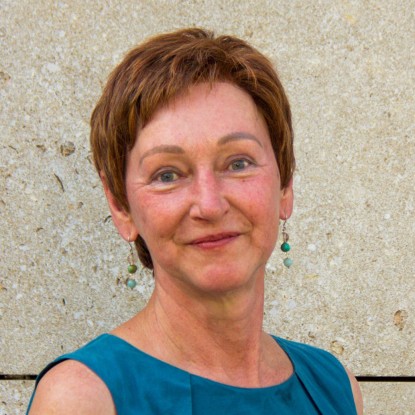Three-Level Converter with Dynamic and Adaptive Common-Mode Voltage Suppression
Modeling Conducted EMI Emissions in Powertrain of Electric Vehicle Components
In EV, power-electronics devices are operated with a high switching frequency (order of tens of kHz) in order to reduce the current ripple in low-inductance compact motors, design high-density power converters and avoid acoustic noise due to vibrations in the audible frequency range. However, the increased current and voltage slew rates, dv/dt and di/dt, has detrimental effects on the electromagnetic compatibility (EMC) performance of the power supplies. Noise currents can impair the operation of susceptible electronic circuits such as audio systems, door switch modules, car alarm, engine control units, air-bag control, antilock braking systems, due to field-to-wire coupling phenomena.
A power converter becomes a source of electromagnetic (EM) noise because of an increased switching frequency in a three-phase motor drive system (see Figure 1) which has to fulfill the CISPR 25 automotive EMC standards. There are many ways to reduce the electromagnetic (EM) noise generated by high-frequency switching devices in the power converter such as different filter topologies or techniques of pulse width modulation (PWM). In order to find an optimal solution for reducing EM noise, it must be predicted correctly by an appropriate model. In contrast to time domain method, frequency domain method offers advantages of fast simulation of various configurations and less complexity. In the frequency domain, there are appropriate approaches for the consideration of the nonlinear effects of semiconductor switches and diodes.
With the scope of this project, an appropriate simulation model for conduction emission prediction will be generated in the frequency domain in the frequency range up to 200 MHz. A coupling exists between CM and DM which produces additional noise and it is described as a mixed mode (MM) noise. The MM noise phenomenon in the three-phase motor drive system will also be taken into account in the generated model.
Project Partner
|
TU Darmstadt Institute for Power Electronics and Control of Drives |
Prof. Dr.-Ing. Gerd Griepentrog Vefa Karakasli, M.Sc |
| ZF |






